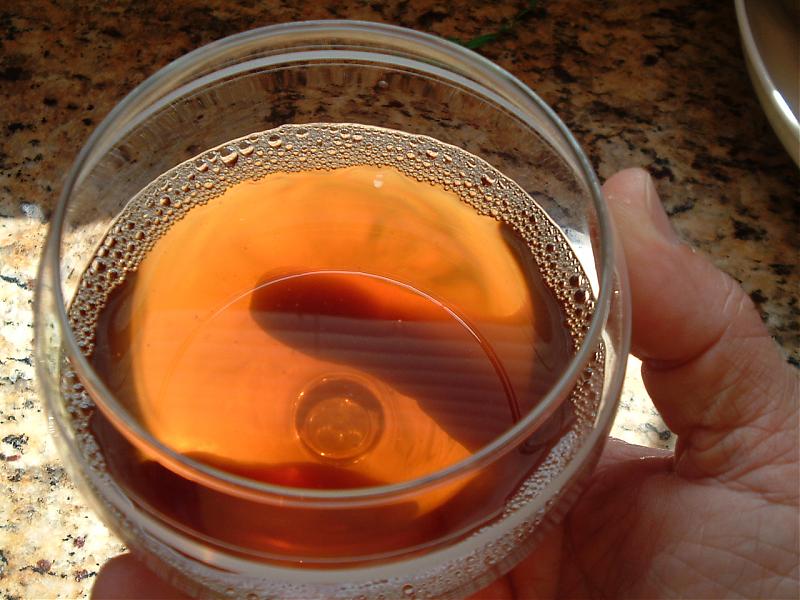Here is the recipe I made for my tripel, its already been brewed but let me know what you think:
5.5 gal batch
3 gal boil
6 oz Belgian Aromatic
6 oz Cara-pils
160 for 20 mins
8 lbs x-light DME
2 lbs clear belgian candi sugar
1 oz Willamette 60 min
1 oz tettnanger 30 min
1 oz tettnanger 15 min
1 oz saaz 1 min
white labs WLP500 Trappist
Starter was 1/2 gal with 1/2 lb x-light DME, gave it 24 hrs, then added the other 1/2 lb bringing the volume up to 2/3 gal, and gave it another 12 hours.
Since we pitched the whole starter and that is included in the 5.5 gallons, I add the pound of DME into my calculations bringing the total to 9 lbs. This gives me an 1.087 OG and 24 IBU.
When we pitched it took 12 hours to see activity in the blow-off. I thought this was really odd. When we made the double IPA we just pitched a smack-pack with no starter and it was off and running. What gives?
I'd like to see this ferment out pretty dry, 1.016 FG or so, but I don't really anticipate it getting there on its own considering the slow start. I've started thinking about what I can do to give it the extra help it might need. It is fermenting at 71 F. Maybe pitch a packet of dry yeast once the white labs is done?
5.5 gal batch
3 gal boil
6 oz Belgian Aromatic
6 oz Cara-pils
160 for 20 mins
8 lbs x-light DME
2 lbs clear belgian candi sugar
1 oz Willamette 60 min
1 oz tettnanger 30 min
1 oz tettnanger 15 min
1 oz saaz 1 min
white labs WLP500 Trappist
Starter was 1/2 gal with 1/2 lb x-light DME, gave it 24 hrs, then added the other 1/2 lb bringing the volume up to 2/3 gal, and gave it another 12 hours.
Since we pitched the whole starter and that is included in the 5.5 gallons, I add the pound of DME into my calculations bringing the total to 9 lbs. This gives me an 1.087 OG and 24 IBU.
When we pitched it took 12 hours to see activity in the blow-off. I thought this was really odd. When we made the double IPA we just pitched a smack-pack with no starter and it was off and running. What gives?
I'd like to see this ferment out pretty dry, 1.016 FG or so, but I don't really anticipate it getting there on its own considering the slow start. I've started thinking about what I can do to give it the extra help it might need. It is fermenting at 71 F. Maybe pitch a packet of dry yeast once the white labs is done?




